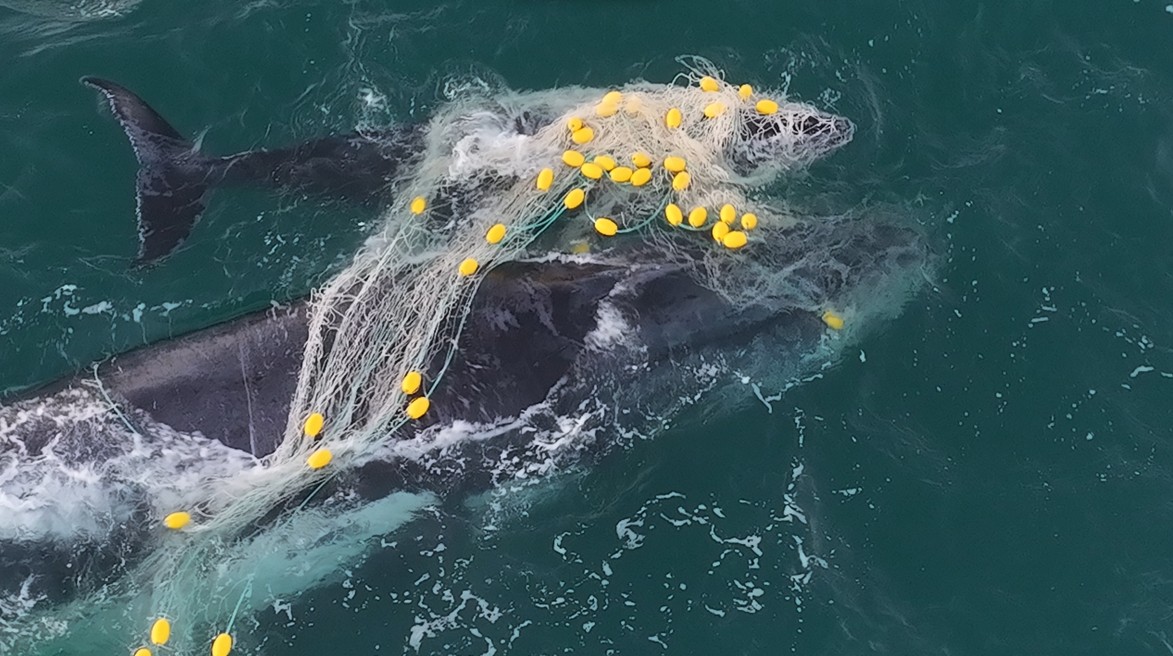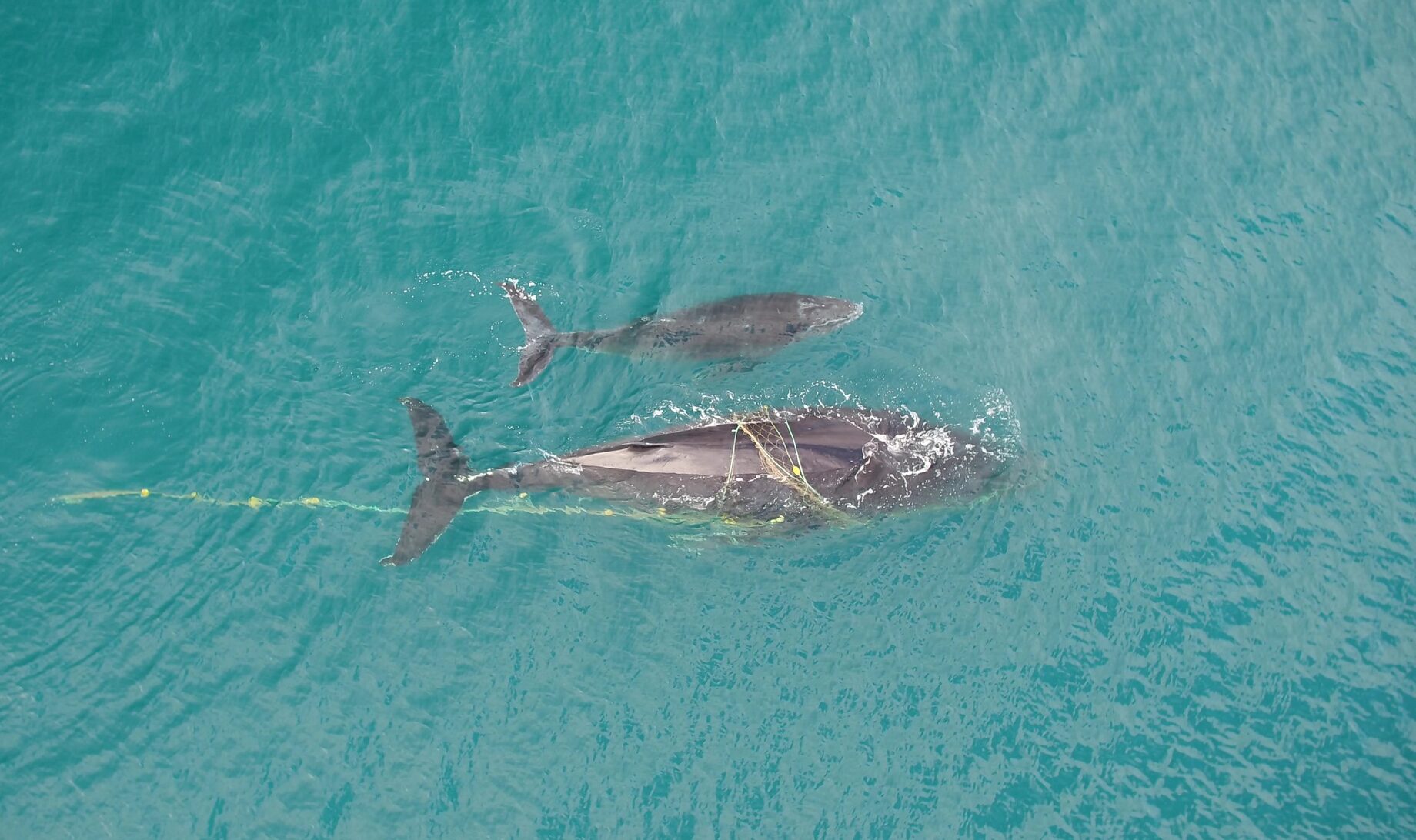Report of a second humpback whale with calf caught in shark net near Noosa | Calf released by authorities narrowly escapes drowning | Uncertain whether all four whales will make it to their feeding grounds in the Southern Ocean. SYDNEY, 18 September 2025 | Humane World for Animals Australia...
Image: Dean Ingwersen
Last month Federal Environment Minister, the Hon. Tanya Plibersek announced that she would be introducing legislation to create a new Environment Protection Australia which will, amongst other things, boost compliance surrounding biodiversity offsets. Minister Plibersek also outlined the outcome of an audit she had commissioned on existing biodiversity offsets “to find out if businesses are doing what they promised to do with their developments”. The results showed that companies hadn’t met their “promises” on biodiversity offsets.
It raises the question – when did legally required conditions forming part of environment approvals become reduced to “promises”?
This wording infers that biodiversity offsets obligations are somehow optional. Referring to offsets as “promises” suggests that companies are implementing them because they are good corporate citizens, rather than offsets being a legal obligation imposed to minimise the biodiversity loss that companies are permitted to cause to our precious wildlife and their habitats.
What are offsets?
Biodiversity offsets have been in use since the start of the federal Environment Protection and Biodiversity Conservation Act 1999 (EPBC Act). They allow for clearing of habitat that nature needs on the basis that a company will either protect or recreate habitat elsewhere. At best, offsets can maintain the status quo for nature. In practice, there is clear evidence that the use of offsets is driving biodiversity loss. And perversely, the introduction of offsets has facilitated more deforestation, as they allow for approvals to be given for projects that would otherwise be refused (if offsets weren’t a thing).
A recent audit showed that offsets are not working:
As far as Humane Society International (HSI) Australia is aware, the recent offset audit was the first comprehensive audit under the EPBC Act. The results weren’t good. We’re told the audit identified that 1 in 7 developments hadn’t met their offset obligations. That means those projects have been destroying habitat for our wildlife without delivering the environmental compensation that was deemed necessary for the project to be approved.
And while the audit report hasn’t been released, it’s a pretty safe bet that it didn’t even consider the environmental consequences of projects that weren’t found to be in breach of their offset conditions, but have received multiple extensions on their deadlines for delivering offsets.
To use just one example – the Maules Creek Coal Project was granted at least four extensions, adding six years to their deadline for offsetting critically endangered woodland, meaning offsets weren’t delivered for almost a decade after the environmental harm was caused. Our colleagues at ACF have also recently raised concerns about the adequacy of protection for those offsets that have been ‘completed’.
Why is framing offsets as ‘promises’ so damaging?
Requiring proponents to deliver on their legal obligations should be the default position – not something that is touted as a significant step forward for nature. Hopefully the new EPA will fix the problem of failure to deliver on offsets, but they can’t fix the flawed system that allowed this situation to be created in the first place. That’s why we urgently need comprehensive national reform.
The 2020 Prof Graeme Samuel review of the EPBC Act identified “Immediate changes are required to the federal environmental offsets policy to ensure that offsets do not contribute to environmental decline”. Last week’s announcement by Minister’s Plibersek may lead to improved compliance and delivery of existing offsets, but it kicked the can down the road for improving the integrity of the current offset system.
But there’s even more trouble on the horizon…
Through our involvement in the recent EPBC Act stakeholder consultations, HSI Australia has seen that the federal government is looking to introduce so-called ‘restoration contributions’, or more accurately ‘offset payments’ – something that are not currently permitted under federal environment law.
Offset payment systems are designed so that instead of finding and implementing their own offsets, developers can pay into a fund which would theoretically do so on their behalf. After seven years of operation in NSW and multiple reviews, in December last year the NSW Independent Pricing and Regulatory Tribunal (IPART) found that offset payments are failing and recommended that the system be phased out as quickly as possible.
It is extremely concerning that the federal government is now proposing to replicate this flawed and discredited system. If offset payments are introduced under national environment laws, approvals for biodiversity offsets will literally become nothing more than a promise.
The introduction of an EPA has been billed ‘stage 2’ of the Government’s comprehensive national nature law reforms, with ‘stage 3’ yet to come. Minister Plibersek insists that her reforms will be good for business and good for nature. But what we are seeing are ongoing delays to the protections that nature so desperately needs, and instead a focus on tools that, at best, can maintain the status quo, but at worst will be yet another factor driving our extinction crisis.


